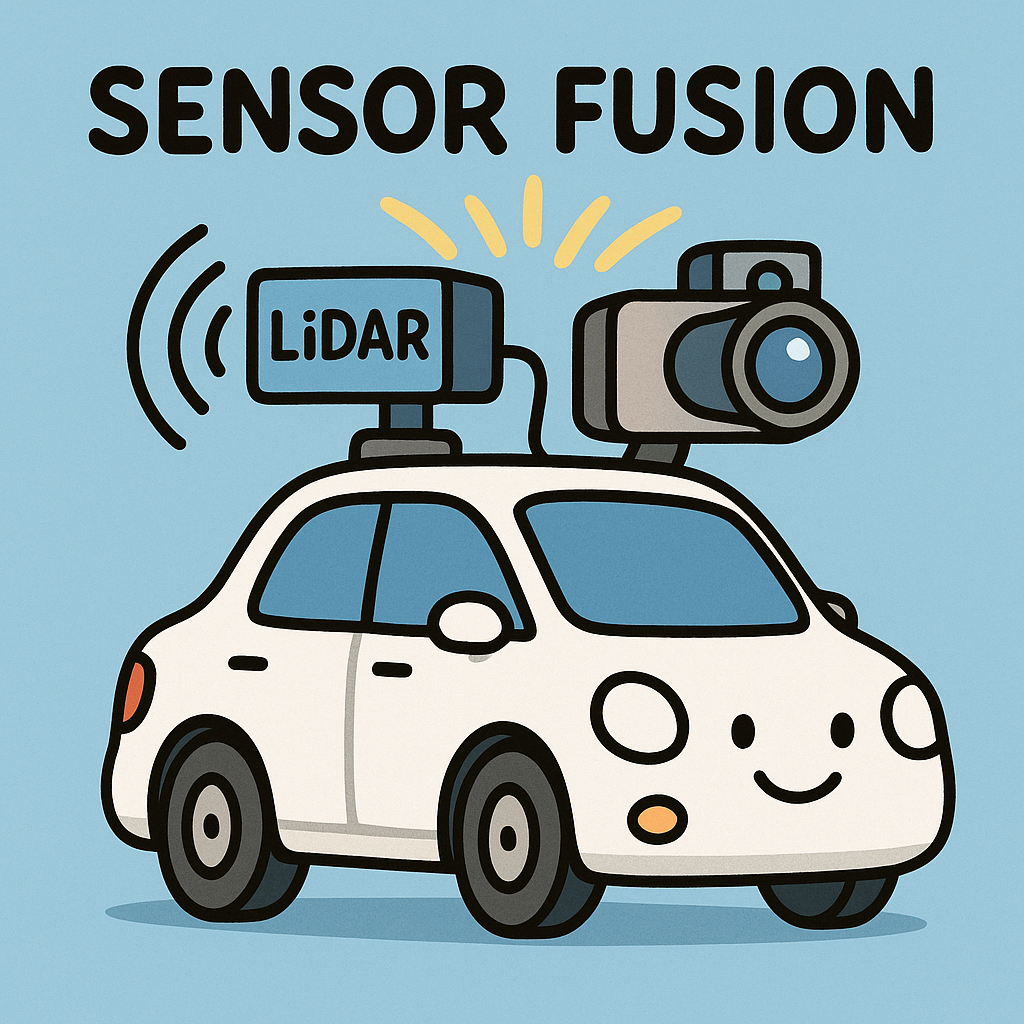Understanding Sensor Fusion in Autonomous Vehicles
In the realm of autonomous vehicles, the integration of various sensors is crucial for accurate perception and decision-making. Among these, LiDAR and cameras are two of the most prominent technologies, each bringing unique strengths and weaknesses. The challenge lies in effectively merging their outputs to form a coherent understanding of the vehicle’s surroundings.
The Role of LiDAR and Cameras
LiDAR systems excel at providing high-precision distance measurements and 3D spatial mapping, which is vital for detecting obstacles and navigating complex environments. However, they lack the rich texture and color information that cameras offer. Cameras, on the other hand, can recognize objects, read signs, and provide context about the environment but struggle with range and depth perception under certain conditions, such as poor lighting or inclement weather.
Challenges in Sensor Fusion
Integrating data from these sensors poses several challenges:
- Data Synchronization: Both sensors operate at different sampling rates and can have varying latency. Achieving temporal alignment in real-time is crucial for accurate fusion.
- Calibration: The geometric calibration between the LiDAR and camera is essential. Any misalignment can lead to significant errors in object localization.
- Computational Complexity: Combining data streams requires substantial processing power, especially for real-time applications, which can be a limiting factor on resource-constrained System on Chips (SoCs).
Optimizing Algorithms for Real-Time Performance
To address these challenges, engineers must focus on optimizing the algorithms used for sensor fusion. Many modern techniques utilize machine learning to enhance object detection and classification. Leveraging neural networks can improve accuracy but at the expense of increased computational overhead. It’s a delicate balance, as the goal is to maintain real-time performance while also enhancing the perception capabilities.
Real-World Design Tradeoffs
When designing sensor fusion systems, trade-offs are inevitable. For instance, increasing the frame rate of the camera can provide more timely data, but it also raises the power consumption and thermal output, demanding more robust thermal management solutions. Similarly, while performing complex computations on the SoC, one must consider the architecture. A heterogeneous architecture with dedicated processing units for specific tasks (like DSPs for signal processing and GPUs for visual computation) may offer the best balance between power and performance.
Solutions and Design Decisions
To optimize sensor fusion, several strategies can be employed:
- Multi-rate Sensor Fusion: Implementing algorithms that can handle data inputs at different rates allows for more flexibility. For instance, fusing LiDAR data at a lower frequency while processing camera data at a higher frequency can reduce computational burden.
- Hierarchical Processing: Creating a multi-layered processing architecture can help manage complexity. For instance, initial processing might involve low-resolution data for fast decision-making, with higher-resolution data utilized for more detailed analysis when needed.
- Edge Processing: Offloading some data processing to edge devices can alleviate the computational load on the primary SoC, allowing for a more efficient overall system.
The Importance of Testing and Validation
Lastly, rigorous testing and validation are paramount. Simulation environments that replicate real-world conditions can help identify potential pitfalls in sensor fusion. By using extensive datasets that include various weather conditions, lighting scenarios, and dynamic environments, engineers can fine-tune their algorithms to ensure robustness in unpredictable situations.
Ultimately, optimizing real-time sensor fusion algorithms for LiDAR and camera integration is a multifaceted challenge that requires a blend of advanced algorithms, adept engineering, and a keen understanding of the physical limitations of sensors. Each design decision carries weight, influencing not only the efficacy of the perception system but also the safety and reliability of autonomous vehicles on the road.



